Context
When conducting a Randomized-Controlled Trial (RCT), some participants are randomly assigned to a treatment condition, and others to a control group. However, not everyone assigned to the treatment might follow the treatment protocol (called "treatment compliance").
According to Sagarin et al. (2014), one sensible approach to address this problem is using the complier average causal effect (CACE), also sometimes known as Local average treatment effect (LATE). According to Wikipedia, it is "the treatment effect for the subset of the sample that takes the treatment if and only if they were assigned to the treatment, otherwise known as the compliers." In other words, it will be useful if a proportion of your participants assigned to the treatment group did not follow the treatment protocol.
Question
How do you run this analysis in R?
I couldn't find anything precise on this from Google and stackoverflow searches.
Also despite my many readings, I still cannot figure out what the expected outcome is supposed to be. When using CACE, what is the outcome? Do you end up with updated scores/data ajusted for treatment non-compliance that you can just plug in your regular analyses (akin to factor scores)? Or do you simply get some kind of number that you have to do something with?
What I've tried
The eefAnalytics package seems to provide the most convenient function for this: caceSRTBoot(). "caceSRTBoot performs exploraty CACE analysis of simple randomised education trials." It allows to specify compliance through a simple compliance percentage (beautifully simple and convenient).
However, I am experiencing some problems installing the eefAnalytics package while trying to test it to see the kind of output it gives:
install.packages("eefAnalytics")
package ‘eefAnalytics’ is not available (for R version 4.0.2)
# Install the latest version of this package by entering the following in R:
install.packages("eefAnalytics", repos="http://R-Forge.R-project.org")
package ‘eefAnalytics’ is not available (for R version 4.0.2)
Warning in install.packages :
unable to access index for repository http://R-Forge.R-project.org/bin/windows/contrib/4.0:
cannot open URL 'http://R-Forge.R-project.org/bin/windows/contrib/4.0/PACKAGES'
Upon closer investigation, Cran says: "Package ‘eefAnalytics’ was removed from the CRAN repository."
The other packages I've looked at (e.g., 1, 2, 3, 4) seemed quite complicated and I couldn't figure them out (they don't have a parameter for % compliance for instance, and I had trouble making their "Run this example" widget work). Is there any other user-friendly package out there? Is there any other way to do this analysis in R? Would anyone have some kind of "tutorial"?
Relevant pages: 1.
